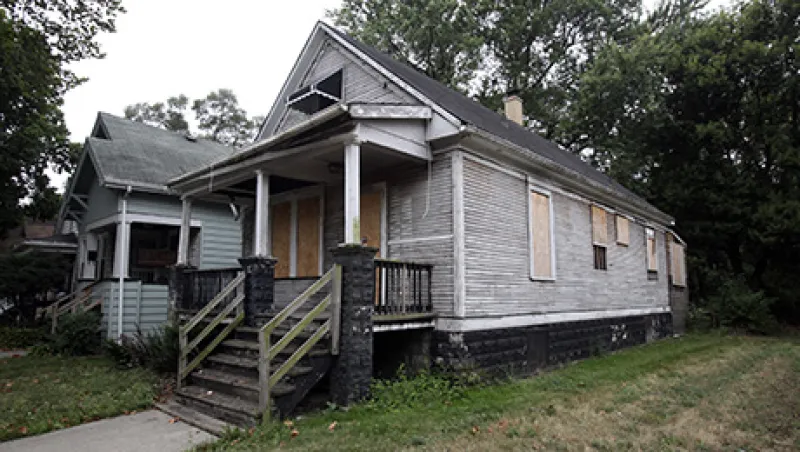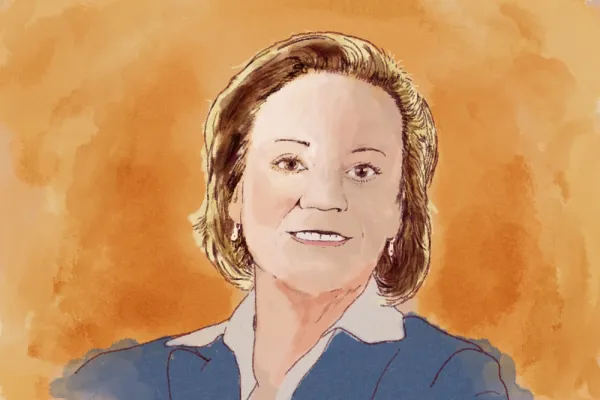What if investing in early-childhood education or programs that aim to reduce recidivism carried the same opportunity for financial returns as building an airport or a municipal sewage system?
Getting a market rate of return from investing in human capital makes some people uneasy. When government partners with private sector investors to construct a bridge, no one balks when they receive market rate returns on their investment. But getting a fair return from investing in issues like juvenile recidivism creates tensions. People wonder, for example, if money is being made off the poor.
Yet there’s also not enough government or philanthropic money to address growing social needs in the U.S. So we need to attract private capital to help. In 2010 JPMorgan Chase & Co. predicted that over the next ten years, the impact-investing market had the potential to reach $400 billion to $1 trillion in invested capital. But to attract that capital, there need to be financing vehicles that offer rates of return commensurate with levels of investment risk — or at least closer to market rates than the concessionary rates received by foundations on their program-related investments. One opportunity is via the development of a commercially viable market for pay-for-success (PFS) financing, also known as social impact bonds.
PFS contracts combine nonprofit expertise, private sector funding and rigorous evaluation to transform the way government and society respond to chronic social problems. In a PFS initiative, funding partners assume up-front financial risk. Taxpayers contribute only if a third-party evaluator determines that the initiative has achieved specific outcomes that create societal benefits and generate government savings.
On January 29 Living Cities announced its participation as a lender in a PFS initiative with the Commonwealth of Massachusetts focused on reducing recidivism and improving employment outcomes for at-risk youths in Boston, Chelsea and Springfield. The other investors are Goldman Sachs and the Kresge Foundation (see also “Foundations Throw Detroit’s Art Collection a Lifeline”).
The seven-year, $27 million project is the largest of its kind in the nation. Roca Inc., the service provider, will deliver evidence-based, high-impact interventions to young men who are in the adult probation system or exiting the juvenile justice system. Roca’s model uses targeted life skills, education and employment programming to reduce violence and create positive behavioral changes. The Roca intervention will be delivered over a two-year period followed by two years of follow-up services. Roca predicts it will serve as many as 1,000 individuals during the seven-year period.
Third Sector Capital Partners, a Boston-based nonprofit that works with companies and organizations on social impact bonds, has arranged the financing for the project and serves as the project intermediary.
This group of commercial and philanthropic investors is assuming the risk by financing services up front in hopes of achieving positive social and financial returns. This financing structure is unique and innovative because it aligns the incentives of all partners to achieve better outcomes for the at-risk youth and enables government to leverage private sector financing for preventive services. Taxpayer dollars will be paid to investors only in the event of success and government savings.
No investor is guaranteed principal repayment. If the project achieves certain threshold outcomes, Goldman Sachs will be repaid its principal funding and a base annual interest rate of 5 percent, and Kresge and Living Cities will be repaid their principal funding and a base annual rate of 2 percent. Both Roca and Third Sector are deferring 15 percent of their service fees for the project. If the project is successful, Roca and Third Sector will be paid $3.26 million and $50,000, respectively, in deferred fees.
At higher levels of success, the funding partners, Roca and Third Sector can receive an additional return on their investment for assuming the financial risk. Those financial returns do not reach a market rate but come closer to it than most other investments in human capital. Such an outcome would be a huge step in the right direction.
The promise is that if these early efforts are effective, they will spark additional interest in opening up capital inflows from commercial institutions and private individuals. We can prime the pump to prove that the PFS model is a viable channel for investing in human capital. PFS investments can advance our goals beyond the dollars that grants can supply and highlight the real obstacles to making investments in low-income communities.
Eileen Neely is the associate director of capital innovation at Living Cities, a philanthropic collaborative in Washington of 22 of the largest financial institutions and foundations. Prior to joining Living Cities, she served as chief operating officer of the Fresno, California, Housing Authority and as director of public entity lending at Fannie Mae in Washington.






